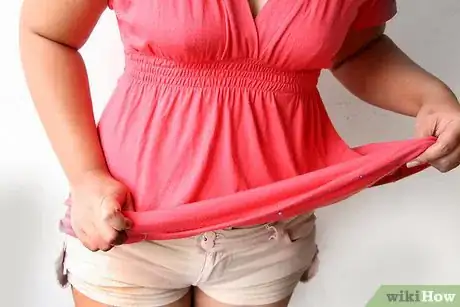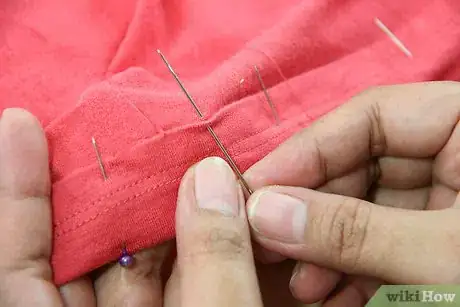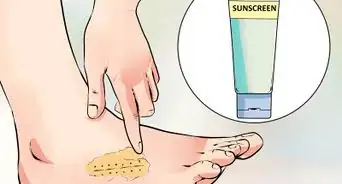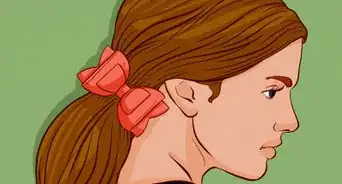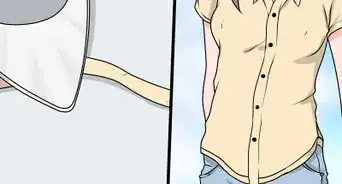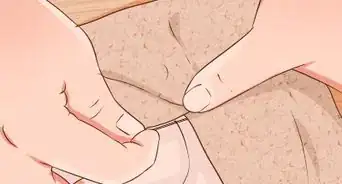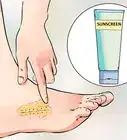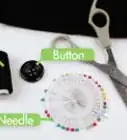X
wikiHow is a “wiki,” similar to Wikipedia, which means that many of our articles are co-written by multiple authors. To create this article, 19 people, some anonymous, worked to edit and improve it over time.
This article has been viewed 211,318 times.
Learn more...
It's easy to shorten clothing that's too long and still be able to let it out later on. This is great not only for children's clothing, but for keeping up with length trends; definitely a money saving skill!
Steps
-
1Fit the article first. It is essential to have the person try on the article of clothing for a fitting to allow you to pin it to the correct length.
-
2Place ball or flat-headed stick-pins around the hem. Place them about 3 inches (7.5 cm) apart all the way around the material. Turn it inward as you put in the pins.Advertisement
-
3Remove the article of clothing. Take the item off carefully to avoid scraping pins on your model.
-
4Thread a needle with thread. Make sure that the thread matches the color of the material as closely as possible.
-
5Double and knot the thread. This provides the strength needed for a hem; the hem takes a lot of punishment from daily wear. (To double the thread, put it through the needle and bring both ends together, tie them in a knot.)
-
6Turn the article of clothing inside out. If the clothing is extremely long, measure and cut some of the excess material off, but leave about 2 inches (5 cm). Finish the raw edge of the fabric so that it does not fray. If you want to let the material out later, simply fold it over a few times, making an edge about two or three inches thick.
-
7Sew around the pinned material. Take up as little fabric as possible with the needle on each stitch. Try to place stitches about 1/2 inch (1.5 cm) apart. You can sew by hand or with a sewing machine, depending on which way suits you most.
Advertisement
Community Q&A
-
QuestionWhat stitch should I use when hemming by hand?
 Community AnswerPreferably backstitch for a neater and stronger hem that machines use on clothes. Running stitch would be okay, but is weaker and I think looks less professional.
Community AnswerPreferably backstitch for a neater and stronger hem that machines use on clothes. Running stitch would be okay, but is weaker and I think looks less professional. -
QuestionHow do you invisible stitch?
 Community AnswerSew longer stitches on the inside of the garment and smaller on the outside. Or, use invisible thread (but this is quite slippery and hard to work with).
Community AnswerSew longer stitches on the inside of the garment and smaller on the outside. Or, use invisible thread (but this is quite slippery and hard to work with).
Advertisement
Warnings
- Don't try to hem extremely delicate fabrics such as silk or muslin yourself. Heavy-duty pattern-making muslin is fine, however.⧼thumbs_response⧽
Advertisement
About This Article
Advertisement


